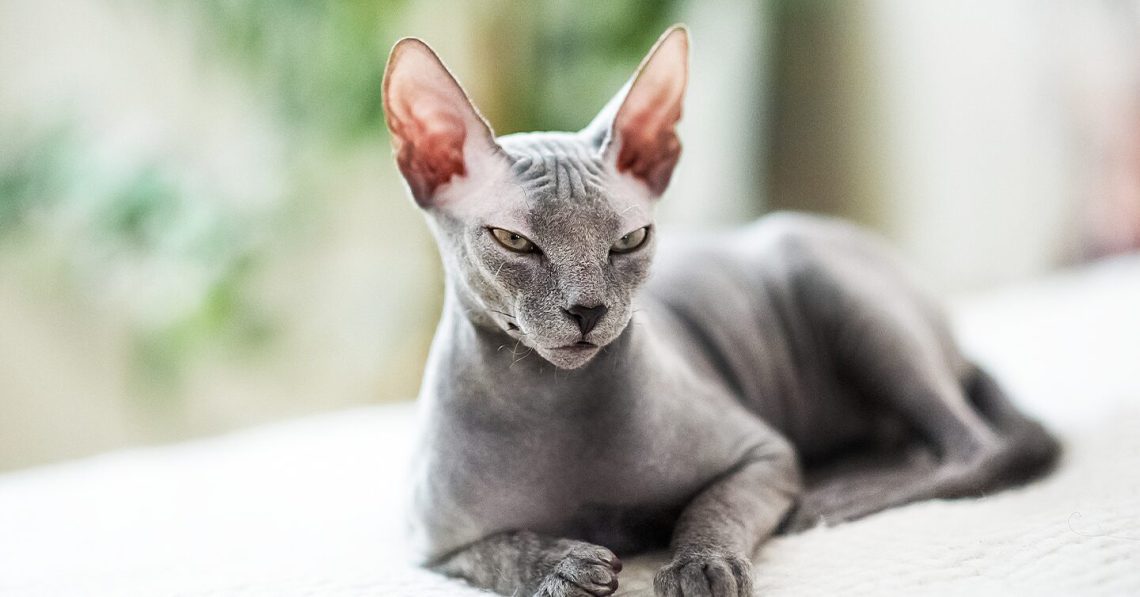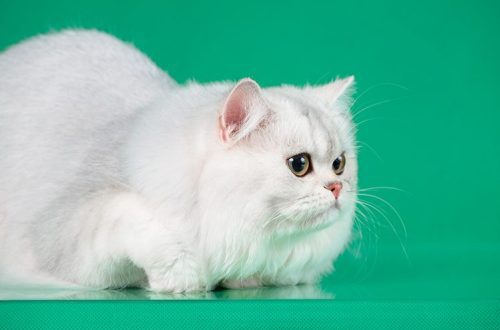
hypoallergenic cats
Cats for allergy sufferers, which with a XNUMX% guarantee will not cause an allergy, do not exist. The good news is that there are breeds to which an unpleasant reaction of the body is not excluded, but it manifests itself much less frequently.
Contents
Causes of Intolerance
The strongest allergens are Fel d 1 and Fel d 2 proteins. They are present in the epithelium of the skin and coat of cats, as well as in the secretion of its sebaceous glands, in urine, dandruff, and saliva. More than 80% of patients have IgE antibodies specifically to these glycoproteins. Due to the small particle size, the allergen is easily airborne. When inhaled, it causes symptoms of intolerance in sensitive people. In cats, the content of allergenic proteins is higher than in cats and neutered cats.
Symptoms of an allergic reaction
Accompanying allergy signs are noted literally in the first 5 minutes after contact with the cat. Over time, they increase and reach a maximum after 3 hours. Hypersensitivity is expressed in the form of such clinical manifestations as:
- allergic conjunctivitis;
- rhinitis;
- urticaria at the site of contact with the animal, itching, skin hyperemia;
- cough, shortness of breath, bronchospasm.
The appearance of allergy symptoms is not always associated with direct contact with a pet and does not depend on the concentration of allergens. For example, the clothes of cat owners are also a means of spreading the main allergen. Even then, sensitized people may experience an undesirable reaction.
Irritants are also carried through the hair and shoes of cat owners. Cat allergens are found on planes, buses, schools and kindergartens.
Hypoallergenic breeds: lie or reality?
Some breeds of cats produce a lot of Fel d 1 protein and become sources of allergic reactions. Cats suitable for asthmatics are considered safe precisely because they synthesize a minimum of this substance. There are no completely hypoallergenic felines, but there are breeds, upon contact with which the manifestation of symptoms will be insignificant or even completely invisible.
Allergy sufferers can indulge in the pleasure of having a pet – and it is not necessary to consider only hairless cats. Hypoallergenic cats are also found among animals with short hair without undercoat.
Popular Hypoallergenic Cat Breeds
When a cat licks itself, it spreads allergens throughout the body. However, there are cat breeds for people with allergies that excrete the symptom-provoking substances in smaller quantities:
- Sphynx: adult cats are hairless, but kittens have a little fluff that disappears over time.
- Siberian cat: It is believed that its saliva contains less allergenic protein than other breeds.
- Bambino: no wool or undercoat.
- Devon and Cornish Rex: no hair, only a curly undercoat in which dandruff does not linger.
- Oriental: Almost no undercoat.
- Elves: no wool or undercoat.
When choosing a kitten, you need to be alone with him for some time to make sure that there is no allergic reaction, or agree with the breeder on the possibility of returning the animal in case of signs of allergy.
Ways to deal with cat allergies
There are several effective recommendations for caring for an animal if there is an allergic person in the house:
- Bathe your pet regularly to flush out allergens that build up on their skin, coat, or undercoat.
- The cat’s eyes must be wiped, and the ears cleaned, because allergens are present in the mucous secretions.
- Long-haired cats need to be brushed frequently.
- Entrust bathing and combing your pet to a family member who does not have allergies.
- Clean the tray daily – allergens also accumulate in it.
- Do not allow pets to lie on your belongings.
- Keep animals out of the bed where you sleep.
- Spayed and neutered cats produce fewer allergens.
- Try to do wet cleaning at home more often and carefully wipe all surfaces from dust.





